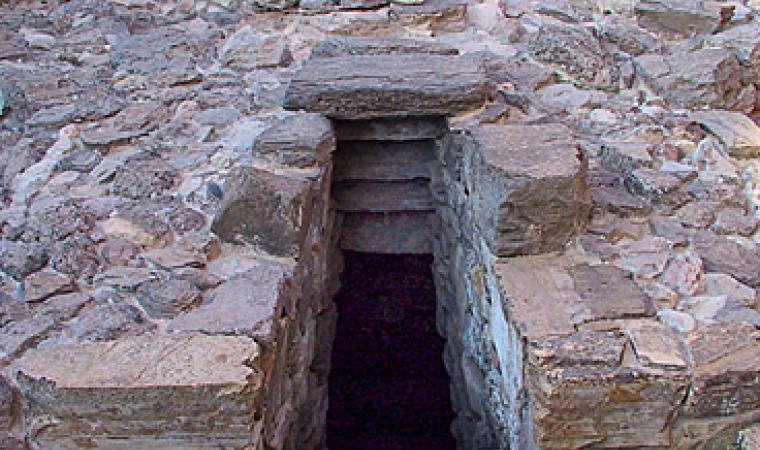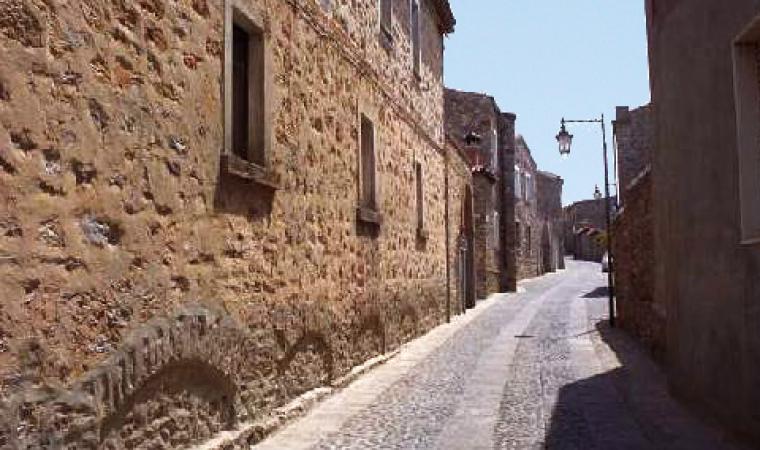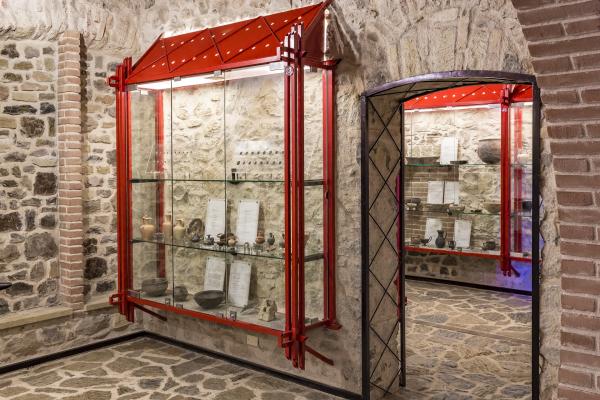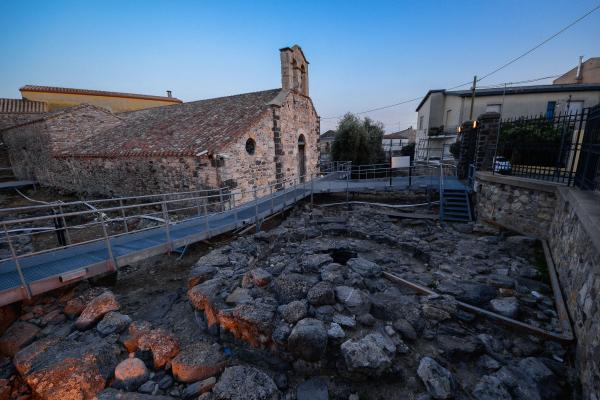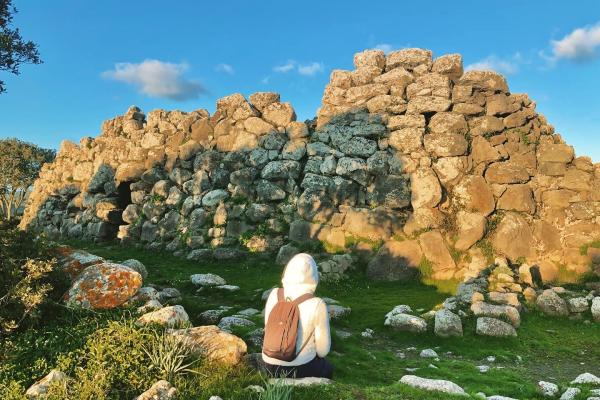In the middle of the Campidano area, there is a famous wellness centre, honoured with the Bandiera Arancione (Orange Flag) in 2005 of the Touring Club Italiano. Sardara, a village with four thousand inhabitants, has always been a strategic junction and was once the border between the Giudicati of Arborea and of Calari. The Castle of Monreale, towering over the hills in the south of the village, symbolizes the Giudicati period. It originally consisted of a keep, eight towers and town walls and today you can admire the powerful walls and, inside, the remains of the medieval village. Possibly built around the year 1000 and documented in 1309, it was crucial in the wars against the Catalan-Aragonese. The Giudici (judges) of Arborea Mariano IV and Eleonora stayed here. Sardara's history is linked, today as in Antiquity, to the thermal springs: the Aquae Neapolitanae led to the establishment of a densely populated Roman residential area (2nd-1st century BC). At the end of the 19th century, they were incorporated into the modern Sardara thermal baths. Two kilometres from the village, your stay will be an experience of well-being in an establishment surrounded by greenery. The waters gush out at a temperature of between 50 and 68 degrees C and are beneficial and therapeutic.

Town
An important village in the central-southern part of Sardinia, 50 kilometres from Cagliari, famous for its ancient thermal baths, prehistoric evidence and historical buildings
An important village in the central-southern part of Sardinia, 50 kilometres from Cagliari, famous for its ancient thermal baths, prehistoric evidence and historical buildings
See this place because...
You will spend a relaxing holiday in one of the most famous wellness centres in Sardinia, admiring an evocative village surrounded by fascinating archaeological sites
Pictures and videos
You may also like
More attractions in the vicinity
Nearby hotels and accommodations

Hotel
SARDARA
0 km

Hotel
SARDARA
0 km

SARDARA
0 km


